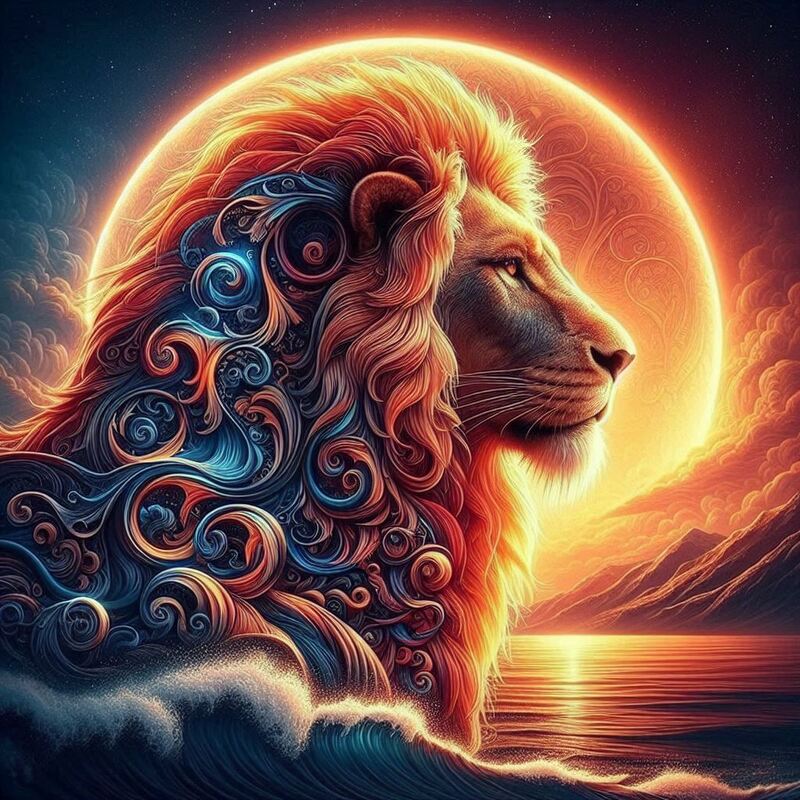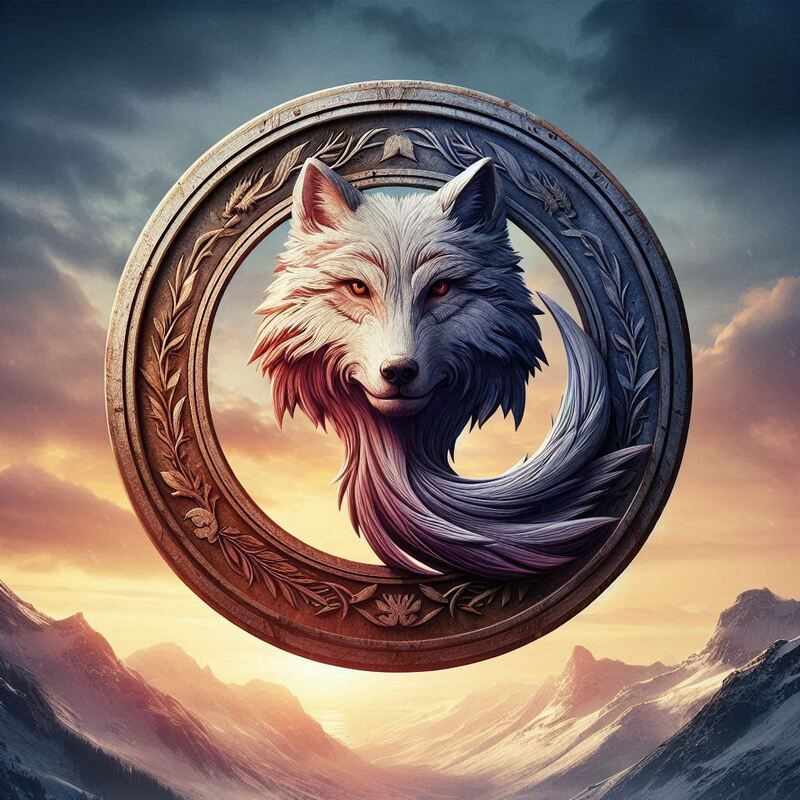Wild Wonders

Wild Wonders
Wild Wonders: Exploring the Magic of Nature and Animal Myths
The natural world has always been a source of wonder and inspiration for humanity. Our ancestors, in their quest to understand the mysteries of the earth and its creatures, created myths and legends that have been passed down through generations. These stories, rich in symbolism and moral lessons, reflect our deep connection to nature and the animals that inhabit it. In exploring the magic of nature and animal myths, we uncover not only the beliefs and values of ancient cultures but also timeless lessons that continue to resonate today.
The Enigmatic Raven: A Messenger Between Worlds
Wild Wonders
Ravens are often depicted as mysterious and intelligent birds in various mythologies around the world. In Norse mythology, the god Odin is accompanied by two ravens, Huginn and Muninn, whose names mean “thought” and “memory.” These birds fly across the world, gathering information and bringing it back to Odin, symbolizing wisdom and insight. Ravens are seen as messengers between the divine and the mortal realms, bridging the gap between the known and the unknown.

In Native American folklore, the raven is a powerful figure, often portrayed as a creator and a trickster. The Haida and Tlingit tribes of the Pacific Northwest tell stories of Raven bringing light to the world, teaching humans important lessons, and shaping the environment. The dual nature of the raven as both a benevolent creator and a mischievous trickster highlights the complexity of nature and the balance between creation and chaos.
The raven’s role in mythology encourages us to seek knowledge and to understand the interconnectedness of all things. It reminds us that wisdom often comes from unexpected places and that the world is full of mysteries waiting to be uncovered.
The Majestic Lion: A Symbol of Strength and Courage
Wild Wonders
The lion has long been revered as a symbol of strength, courage, and royalty. In ancient Egyptian mythology, the lioness goddess Sekhmet was known as a fierce protector and warrior. She was believed to have the power to destroy enemies and cure diseases, embodying both the destructive and healing aspects of nature. Lions were also associated with the sun god Ra, representing power and authority.

In Greek mythology, the Nemean Lion was a monstrous beast defeated by the hero Heracles as one of his twelve labors. The lion’s impenetrable hide and formidable strength made it a symbol of invincibility and the ultimate test of bravery. Heracles’ victory over the Nemean Lion represents the triumph of human courage and determination over seemingly insurmountable challenges.
The lion’s regal presence in myth and legend inspires us to embrace our inner strength and face our fears with courage. It serves as a reminder that true power comes from within and that we all have the potential to overcome adversity.
The Graceful Dolphin: A Beacon of Harmony and Playfulness
Wild Wonders
Dolphins are celebrated in many cultures for their intelligence, grace, and playful nature. In ancient Greek and Roman mythology, dolphins were seen as symbols of protection and guidance. The Greek god Apollo and the Roman god Neptune were both associated with dolphins, and these creatures were believed to rescue sailors in distress and guide them safely to shore. Wild Wonders
![]()
In Hawaiian mythology, dolphins, or “nai’a,” are considered the companions of Kanaloa, the god of the ocean. They are seen as protectors and friends of humans, embodying the spirit of the sea and the importance of harmony between humans and nature.
Dolphins’ playful behavior and strong social bonds serve as a reminder of the joy and interconnectedness of life. Their presence in myths encourages us to foster harmony and cooperation, both within our communities and with the natural world.
The Wise Turtle: A Symbol of Longevity and Stability
Wild Wonders
Turtles have long been symbols of wisdom, longevity, and stability in various cultures. In Chinese mythology, the turtle is one of the four sacred animals, representing the north and the element of water. It is believed to carry the world on its back, symbolizing endurance and resilience. The turtle’s long life and steady nature make it a symbol of stability and wisdom. Wild Wonders

In Native American folklore, the turtle is often seen as a creator figure. Many tribes tell stories of the world being formed on the back of a giant turtle, emphasizing the turtle’s role as a nurturer and protector of life. The turtle’s slow and deliberate movements remind us of the importance of patience and persistence.
The turtle’s presence in mythology teaches us to value wisdom and stability in our lives. It encourages us to take a measured and thoughtful approach to our actions, understanding that lasting success and fulfillment come from steady, consistent effort.
The Transformative Butterfly: A Symbol of Change and Renewal
Butterflies are powerful symbols of transformation and renewal in many cultures. In ancient Greek mythology, the butterfly was associated with the soul and the goddess Psyche, whose name means “soul” or “butterfly.” The life cycle of the butterfly—from egg to caterpillar to chrysalis to adult—mirrors the journey of the human soul, emphasizing the themes of growth and transformation.

In Native American cultures, butterflies are seen as messengers of change and renewal. The Hopi tribe, for example, believes that butterflies carry prayers to the heavens, and their presence signifies a time of new beginnings and spiritual growth.
The butterfly’s metamorphosis from a caterpillar to a beautiful winged creature inspires us to embrace change and transformation in our own lives. It reminds us that growth often requires letting go of the old and embracing the new, and that true beauty emerges through the process of change.
The Resilient Wolf: A Symbol of Loyalty and Perseverance
Wild Wonders
Wolves are often depicted as symbols of loyalty, perseverance, and the wild spirit of nature. In Norse mythology, the wolf Fenrir is a powerful and fearsome creature, representing chaos and destruction. However, wolves are also seen as loyal and protective animals, embodying the strength of the pack and the importance of community.

In Native American cultures, the wolf is revered as a teacher and a guide. The wolf’s keen instincts and strong social bonds make it a symbol of wisdom and resilience. Many tribes see the wolf as a powerful totem animal that offers guidance and protection.
The wolf’s presence in mythology teaches us the value of loyalty, perseverance, and the strength of community. It encourages us to trust our instincts and to support and protect those we care about.
Conclusion
The myths and legends of nature and animals offer a rich tapestry of stories that reflect humanity’s deep connection with the natural world. These tales, filled with powerful symbols and timeless lessons, continue to inspire and resonate with us today. Whether it is the raven’s wisdom, the lion’s courage, the dolphin’s harmony, the turtle’s stability, the butterfly’s transformation, or the wolf’s resilience, these mythic beings remind us of the beauty, complexity, and wonder of the natural world. They encourage us to respect and revere nature, to seek wisdom and balance, and to find inspiration in the stories that have shaped our understanding of the world.


